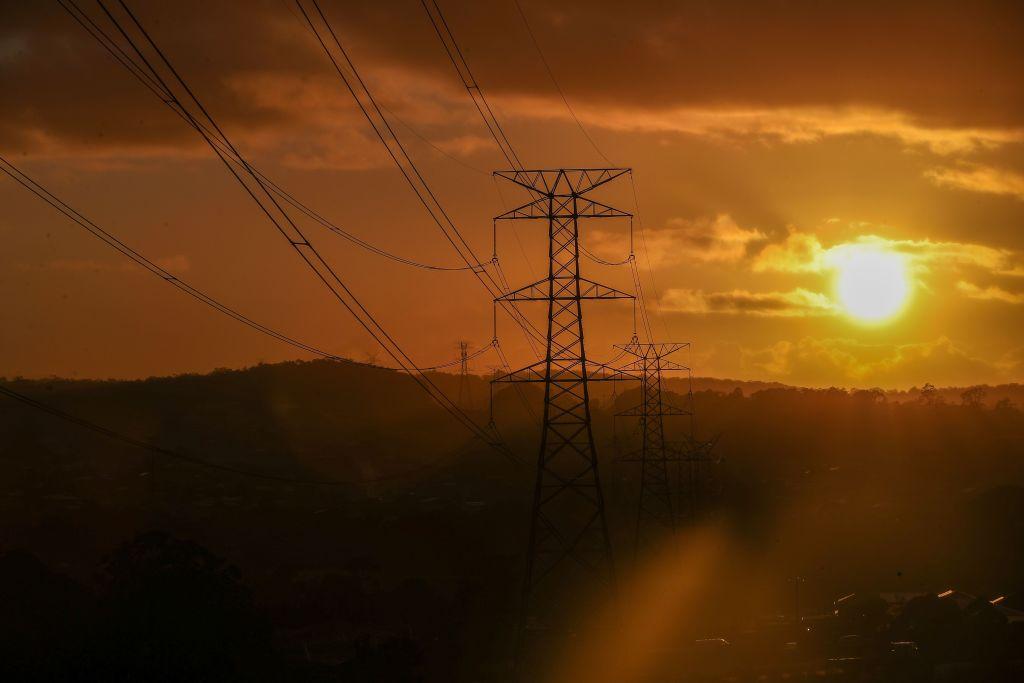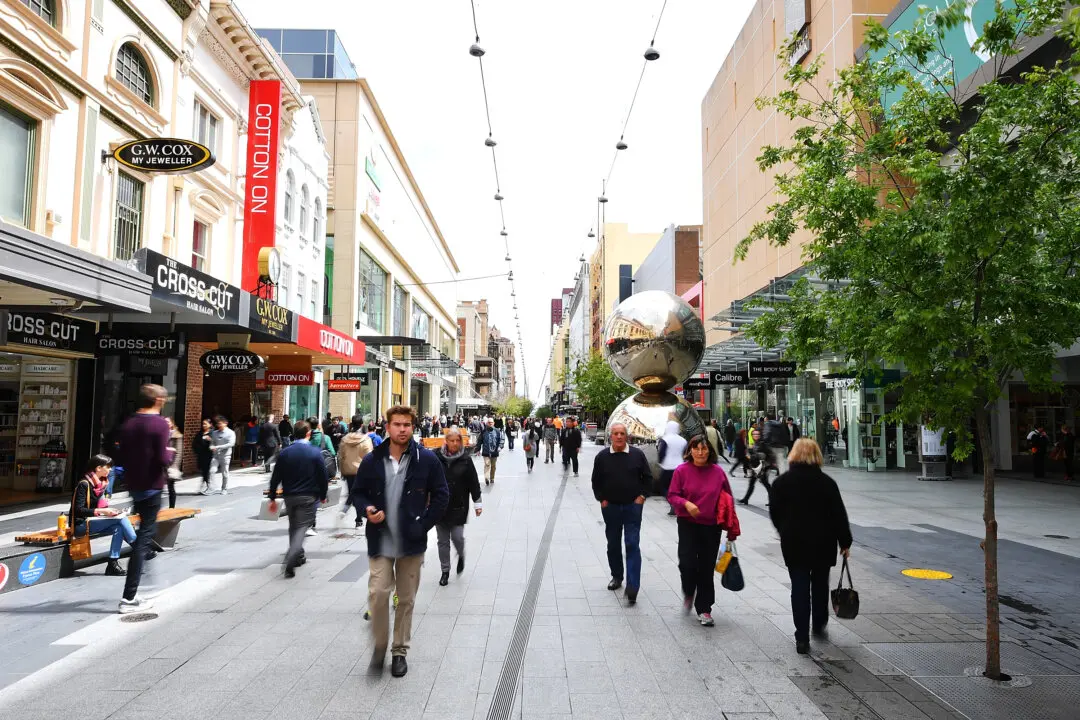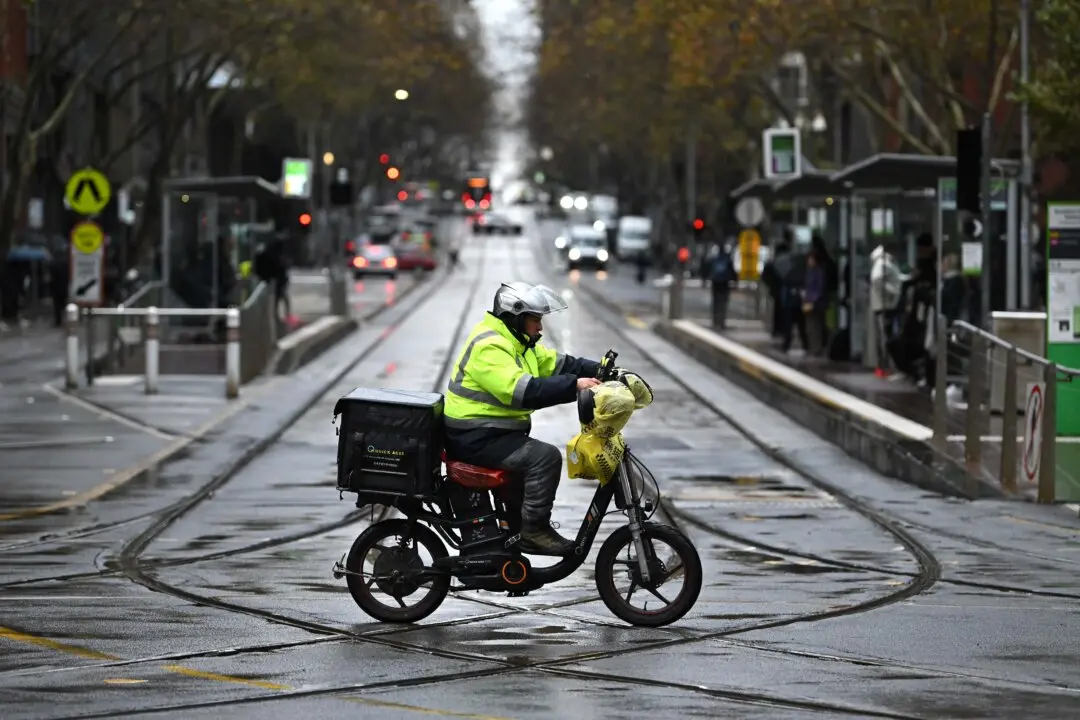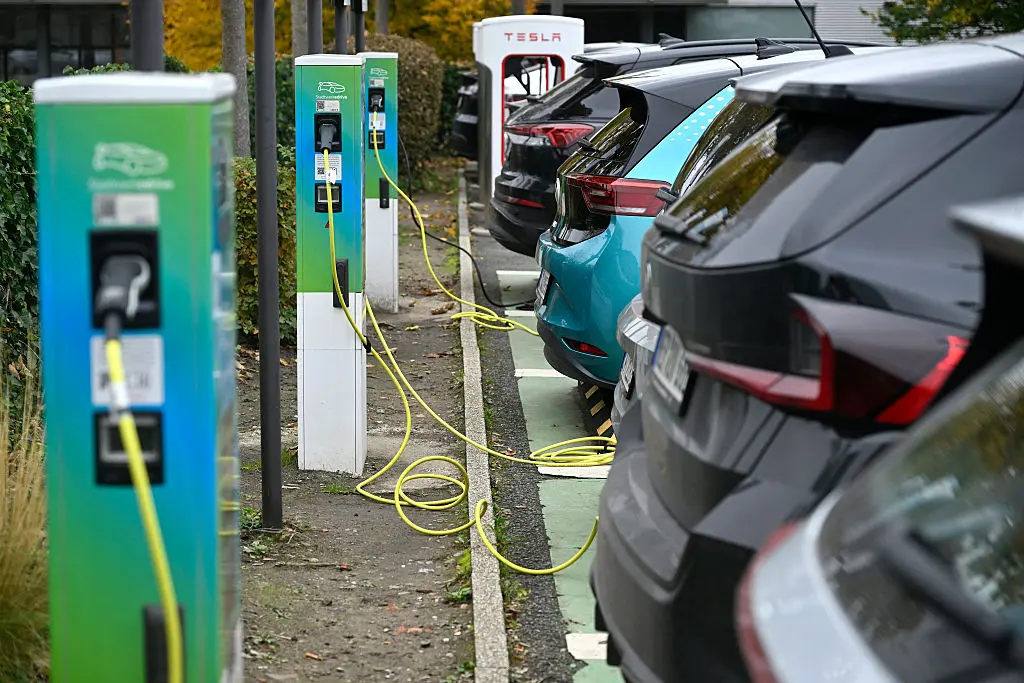Power has been cut off to more than 24,000 Australians in northern New South Wales (NSW) after a transmission line tripped, sparking the call for load shedding to maintain stability in the grid.
The unplanned power outage impacted residents in Ballina, Lismore, and surrounding areas at about 6:30 p.m. on July 8, with power restored a few hours later.





